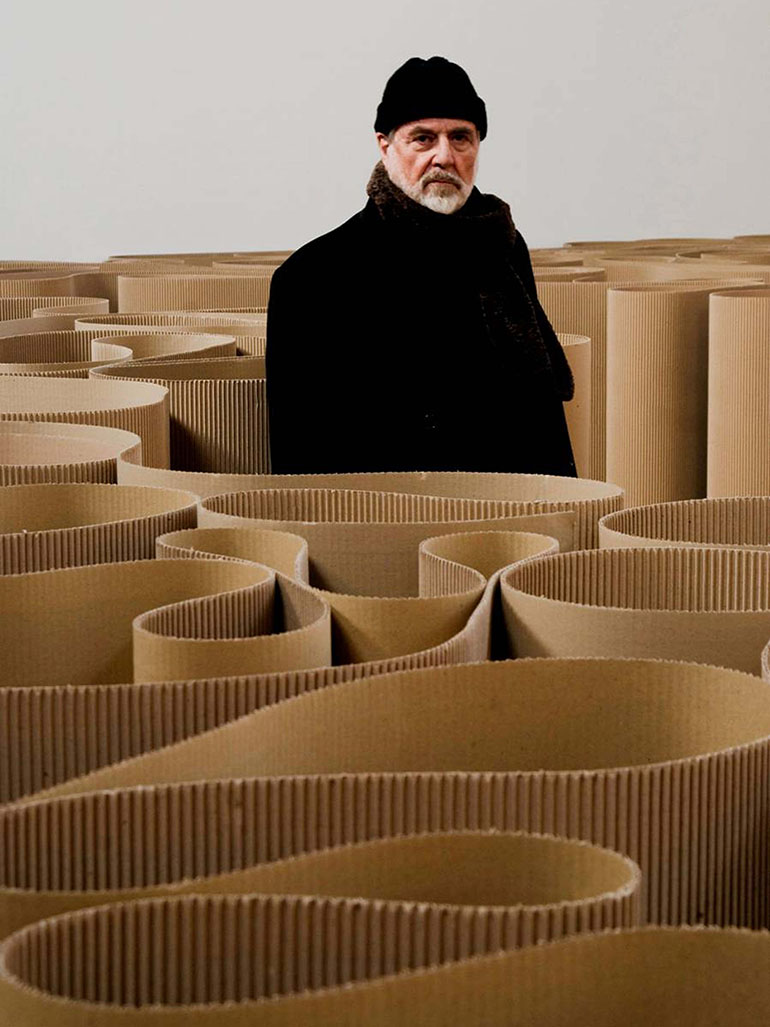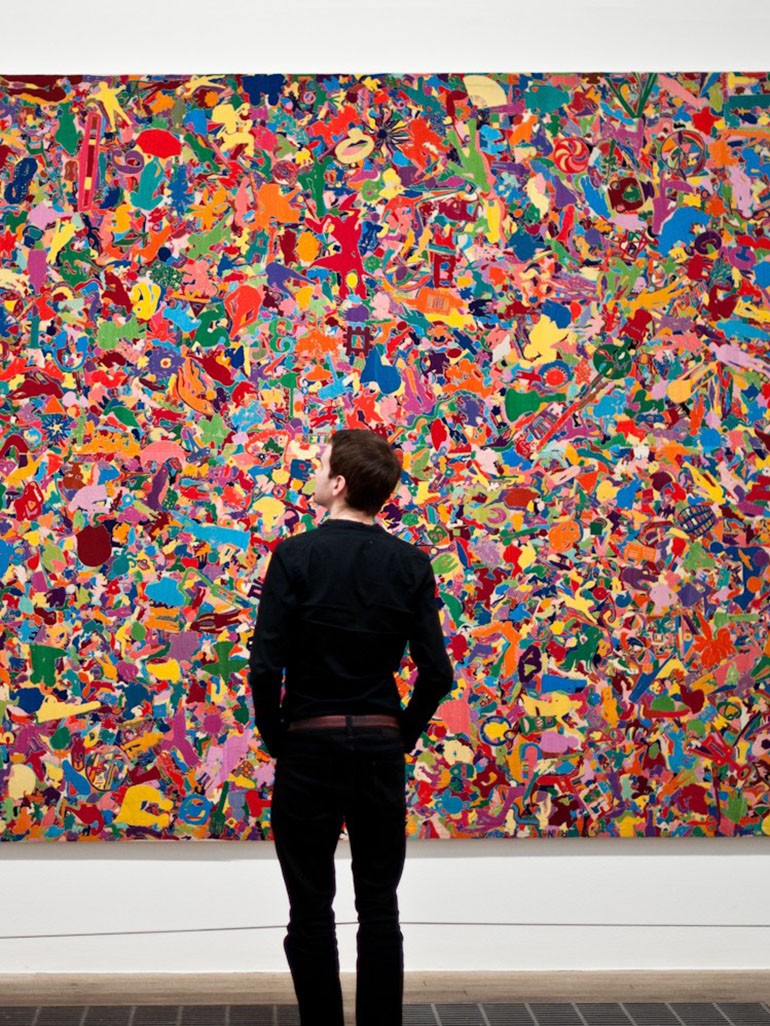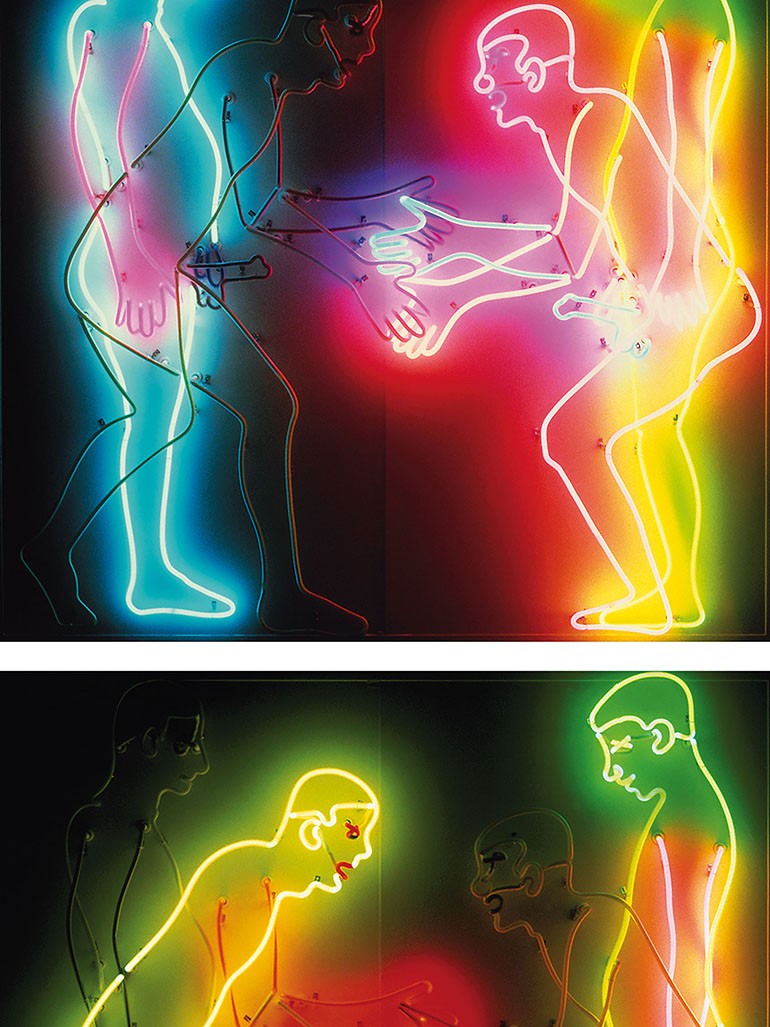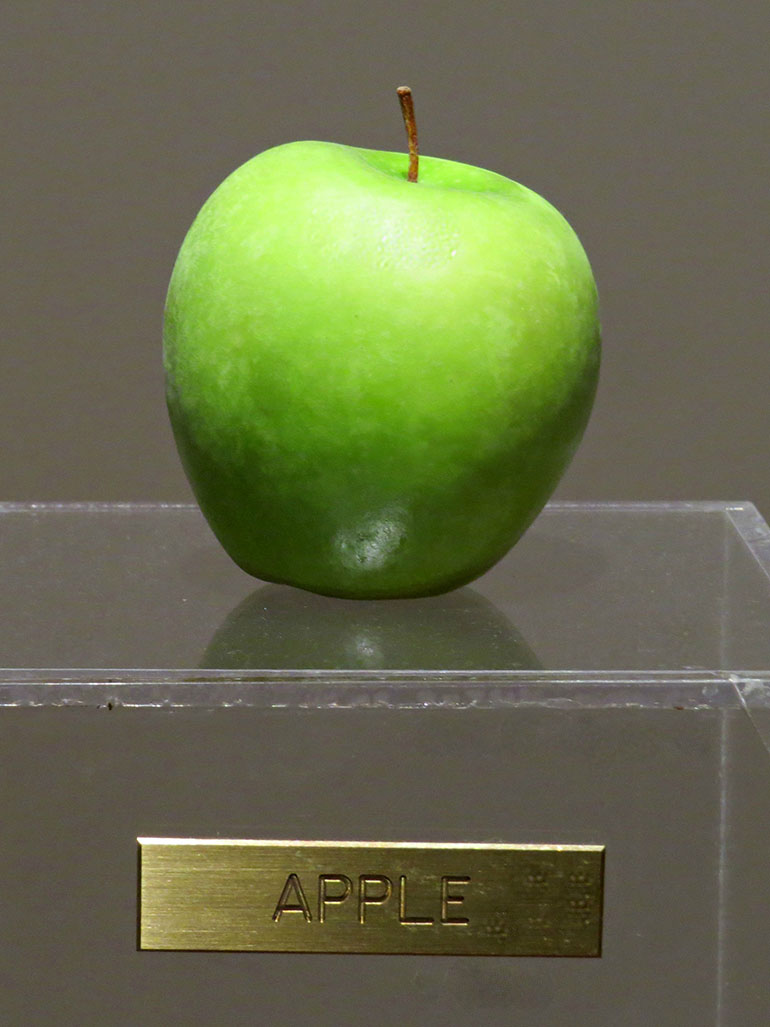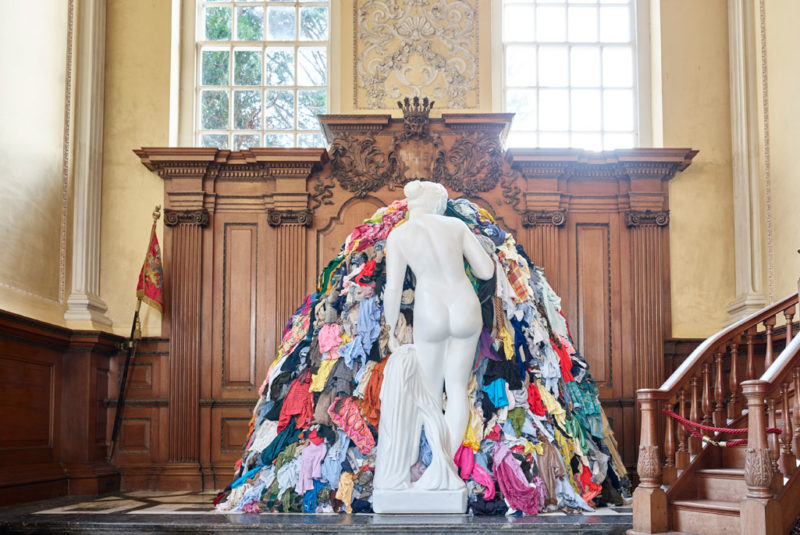
Pistoletto’s rise to fame
Born in 1933 in Biella, Italy, Michelangelo Pistoletto’s was among the first interpreters of the radical renewal of artistic language, both socially and aesthetically, in the early 1960s. He was also one of the protagonists of Arte Povera.
Pistoletto began to gain recognition in the mid-1950s, particularly after creating his first Quadri specchianti (Mirror Paintings) in 1962. His works were known for their tenacious experimentation. He gradually integrated the audience, space, and time into his pieces.
This is easy to see in the reflective surface of Mirror Paintings and later the actual confrontation with the Minus Objects (Oggetti in meno), which are sculptures and objects that do not represent but are, according to Pistoletto himself.
Venus of the Rags
One of Pistoletto’s most iconic works is Venus of the Rags, a large-scale sculpture initially created in 1967. It contrasts the life-sized statue of the Roman goddess of love, beauty and fertility1.
Pistoletto’s depiction stands with a large pile of vibrantly colored and discarded clothes that are mounded on the ground, positioned with her back to the viewers, her face and body rest against the pile of fabrics that upsurges before her, so her face is ultimately veiled.

Different versions
The artist has made numerous versions of this work. The first one, produced in 1967, was a cement statue that he had bought at a garden center and splashed it with mica to give it a glittering surface. Later, he made three other versions of Venus of the Rags in the same year, but this time, using plaster casts of the original statue.
Those three are currently on show at the De Bernardi Collection in Naples, the Giuliana & Tommaso Setari Collection in Milan (on permanent loan to the Castillo de Rivoli Museum of Contemporary Art, in Turin), and a private collection in Germany.

In 1970, the artists created another two versions of the statue, using a much larger plaster Venus, standing some 160 centimeters high. The two are housed at the Toyota Museum of Contemporary in Japan and the Hirshhorn Museum in Washington.
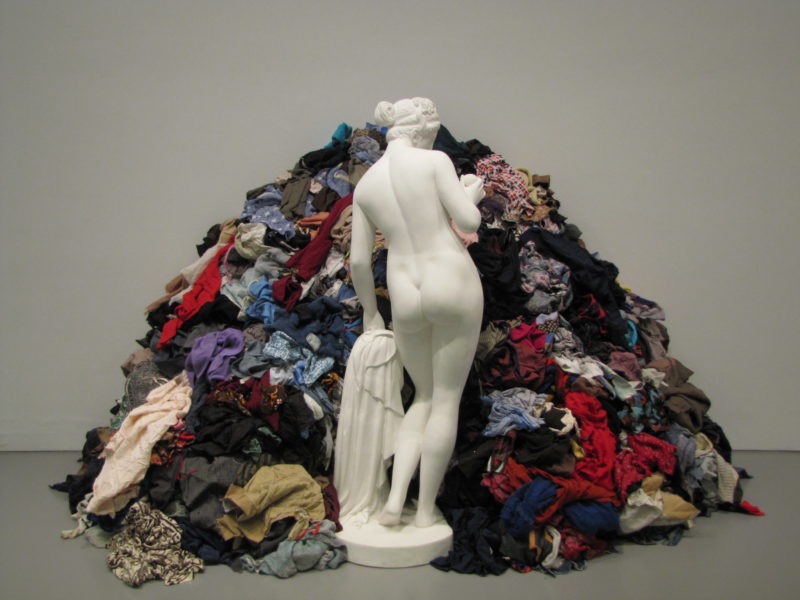
Two years later, he made another version of Venus of the Rags with a gold-plated Venus, which he called Venere degli stracci dorata (translates to Golden Venus of the Rags), and is currently at the Lia RummaCollection in Naples.
In 1974, Pistoletto created another unique version of the Venus titled T12200, produced by stonemasons in Tuscany, Italy, using a unique kind of Greek marble that contains mica. Another version of the work was enacted in a play in San Francisco, with a live model taking the place of the figurine.
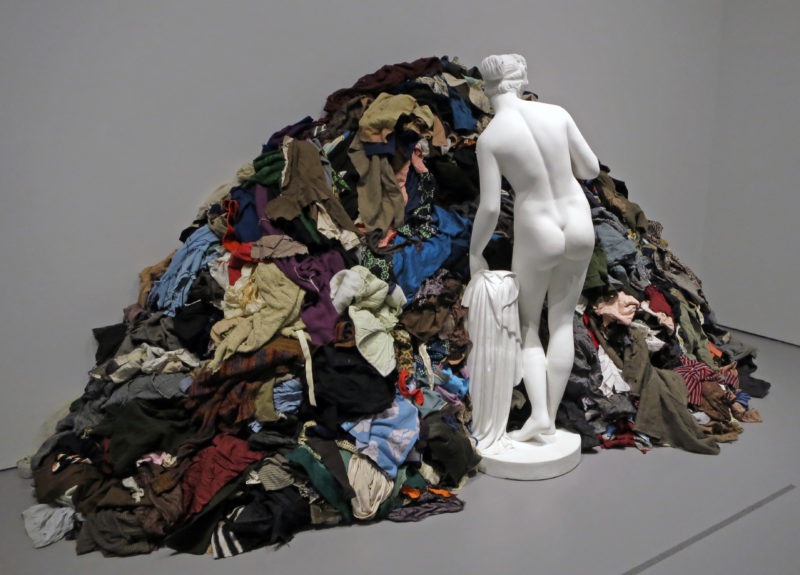
What was Arte Povera?
Developed in the mid to late 1960s, Arte Povera is regarded as one of the most critical moments in the history of not only Italian but also international art. The movement was characterized by the use of primary and common materials- both natural or waster products released by the public– and the meaning attached to the process, the performative dimension of art, as well as the link with space and time.
Quoting Germano Celant, the artist responsible for the phrase Arte Povera, Venus of the Rags stands for the confusion and multivalence of marginalized people, the totalities of random and disparate communities of social rejects … that is the rages of society.
Though they are rejects, the rags in this installation reveal the willingness to use any or all aspects of everyday life in art, one of Arte Povera’s key concepts. Pistoletto was quoted in 1967 saying2:
As far as I am concerned … all forms, materials, ideas, and means are available and to be used.
Later in his other works, the artist would still use inexpensive, adaptable, and colorful discarded clothes or rags.
The pile-up fabrics used in the first version of Venus of the Rags were rags the artist used to wipe off the reflective surfaces in his early works titled The Mirror Paintings in the early 1960s. Later on, the artist started to use second-hand clothing instead.
Analysis
Venus acts as a renowned idea of the principle of Western art, invoking Italy’s cultural history3 in a paradoxical and sort of tongue in cheek way. Through the combination of a classical statue with a mountain of rags, the artist proclaims a series of binaries: hard vs. soft, colorless vs. vivid colors, formed vs. unformed, fixed vs. movable, precious vs. disregarded, historical vs. contemporary, unique vs. common, and the cultural vs. the everyday.
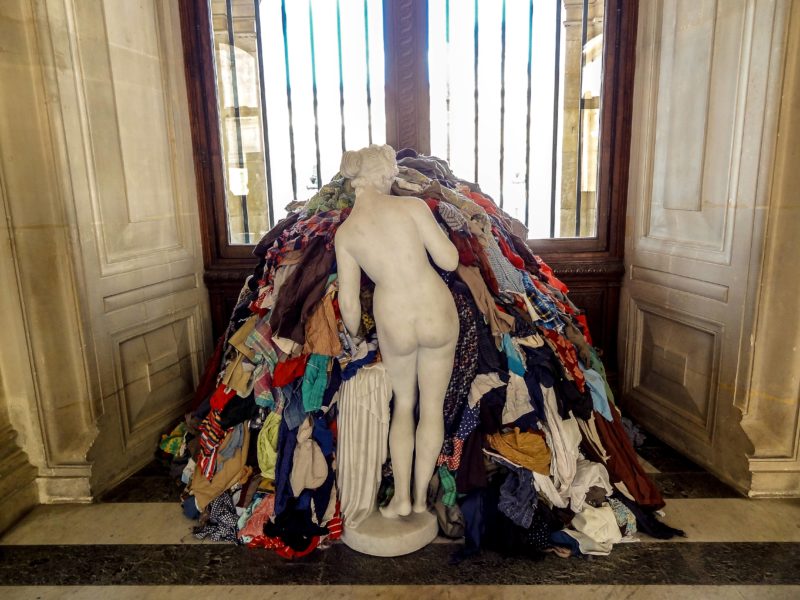
These binaries lay unmediated before the audience’s eyes. The contrast between the classical and contemporary is not lost on us. The rags demonstrate an amount of profane that can only come with every day, with the discarded and unrecognized beauty of what we already possess.
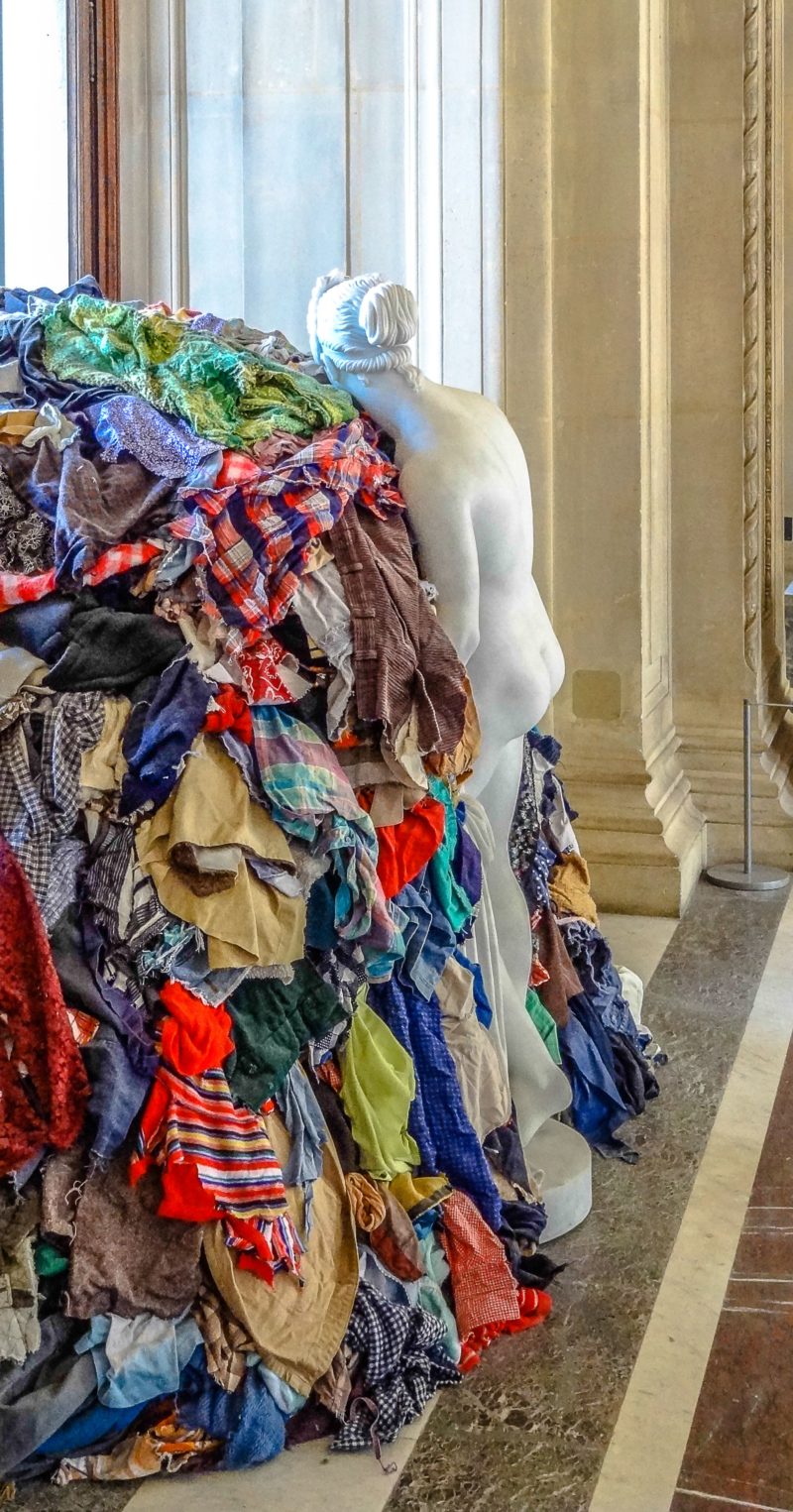
In the various existing versions of the Venus, or their re-installation, you can use the same original rages or you can change them. Still, they must maintain their multi-colored and ruffled character. One of the plaster Venuses of 1967 was broken. My project was to put the pieces together, leaving the signs of breakage evident, like the tears in the rages.
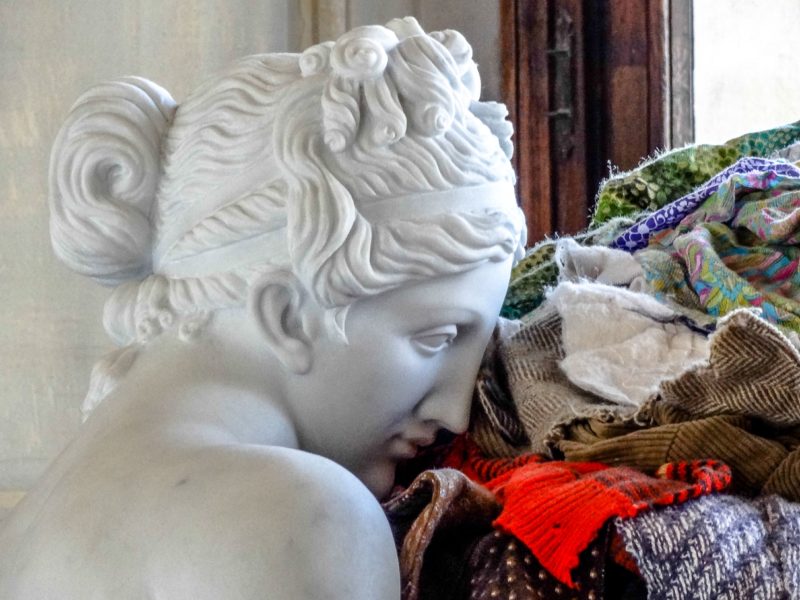
Video: Michelangelo Pistoletto about the Venus of the Rags
1 m 4 sec
Venus of the Rags is a work of contrasts and reflection. Pistoletto combines high art with an upsurge of refuse. Beauty is the interaction with rejection; nudity is amid a heap of discarded clothing; refinement is linked to disgust.
It can be interpreted that the sculpture and the overload of second-hand garments represent our confrontation with the ubiquitous waste. It is like the goddess Venus is trying to tell us to embrace the beauty of decay and how it can inspire a new and timely reconsideration. Just like Pistoletto’s earlier work, mirrors, Venus is also staring at something that she is a part of, but instead of a self-reflection, it is a contrasting reflection.
The installation is a communication between the past and the present, leading to a brand new viewpoint that includes prosaic and everyday beauty.
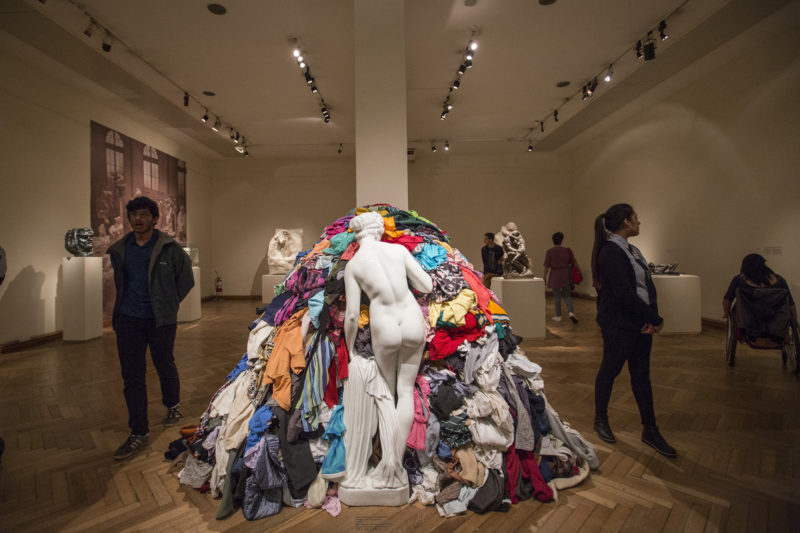
Venus of the Rags also references the cycles of consumption. But it has also had its cycle of changes since the first version was created in 1967, which involved mostly the modification of the heaps of second-hand clothes and rags.
The continuous use of the sculpture connects Venus of the Rags to previous traditions, especially the classical motifs by several Italian artists linked to the Novecento and Metafisicamovements of the early 20th century.
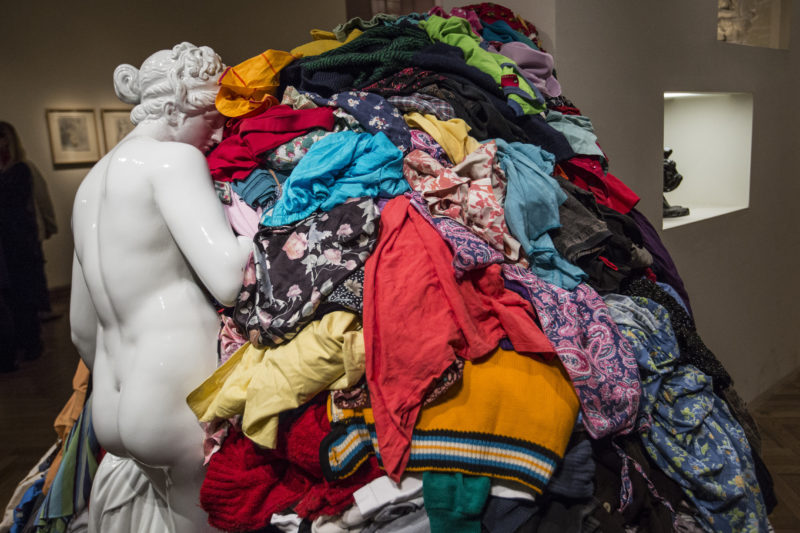
Conclusion
Venus of the Rags remarks on successions of consumption while possessing its own history of change by making newer versions of the work, which involved modifications to the piles of rags, using the original rags or changing them. Think of an item of clothing that you loved once then discarded. Think of its beauty and what attracted you to it.
Venus of the Rags with the discarded crumpled clothes in various colors invokes that memory of something that was once beautiful and once loved, but now is little more than beautiful waste. Something that once held the meaning of love and transformed unknowingly into the meaning of loss.
Maybe, that is why it is so easy for all of us to connect to this piece- the fact that we all face the mound of rags and the mound of altered meaning.

